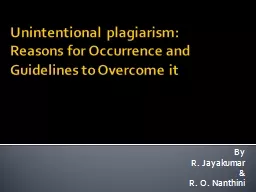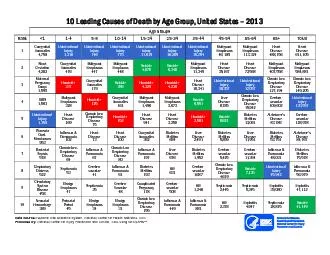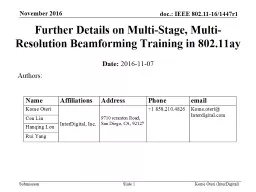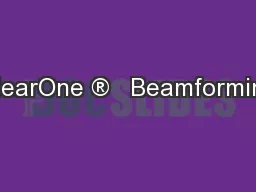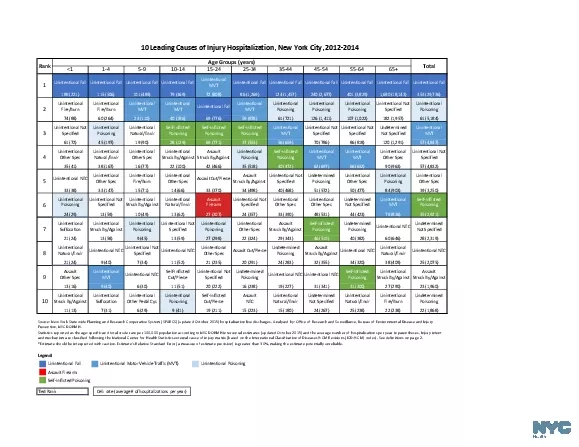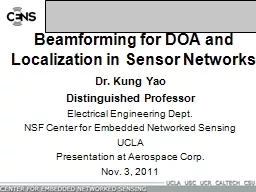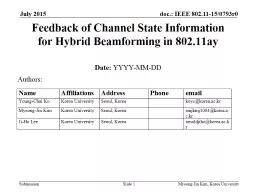PPT-Secure-LTF Unintentional Beamforming Issue and Solution Proposal
Author : phoebe-click | Published Date : 2019-12-02
SecureLTF Unintentional Beamforming Issue and Solution Proposal Date 20190906 171214 Authors Name Affiliations Address Phone email Mengchang Doong Broadcom 250 Innovation
Presentation Embed Code
Download Presentation
Download Presentation The PPT/PDF document "Secure-LTF Unintentional Beamforming Iss..." is the property of its rightful owner. Permission is granted to download and print the materials on this website for personal, non-commercial use only, and to display it on your personal computer provided you do not modify the materials and that you retain all copyright notices contained in the materials. By downloading content from our website, you accept the terms of this agreement.
Secure-LTF Unintentional Beamforming Issue and Solution Proposal: Transcript
Download Rules Of Document
"Secure-LTF Unintentional Beamforming Issue and Solution Proposal"The content belongs to its owner. You may download and print it for personal use, without modification, and keep all copyright notices. By downloading, you agree to these terms.
Related Documents




